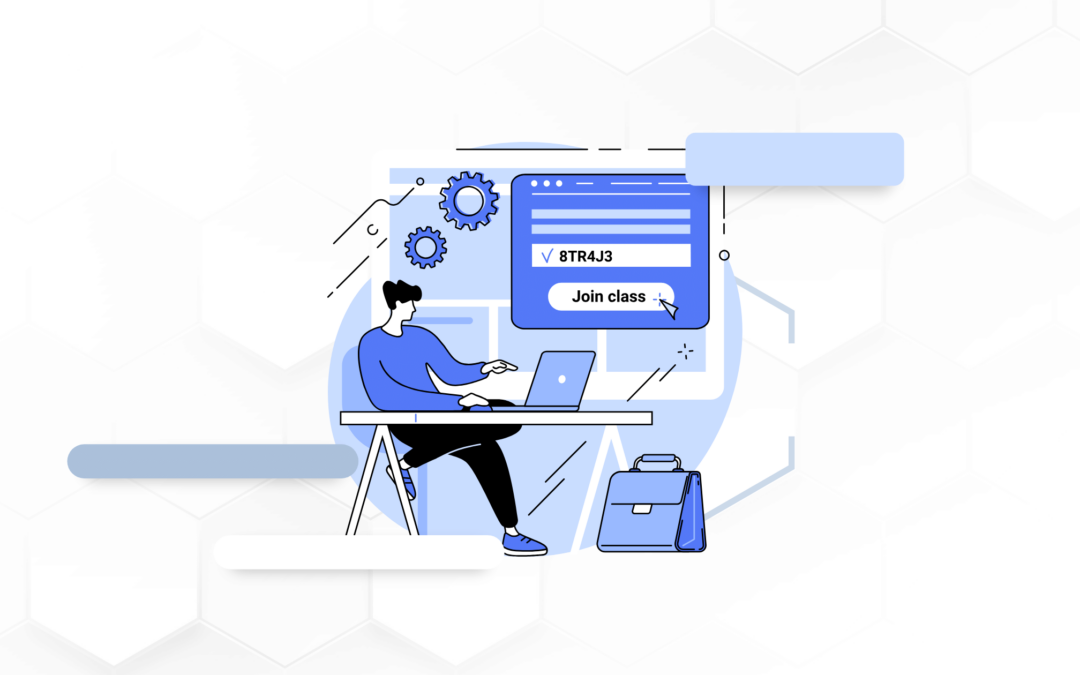So, here we are, navigating the new world of online learning which has increased in the last 5 years even after a return to the classroom or workplace post COVID-19.
Students are enrolling in at least one online class in their post-secondary education and the population is some of the most diverse. Even the majority of workplace training and upskill classes are presented online.
Most educators though did not go to school to become website builders, but with the rise of online learning platforms this is the mindset that you have been thrown into.
Cognitive Accessibility
Ever heard of cognitive accessibility?
Cognitive accessibility “can affect people’s perception, memory, language, attention, problem solving, and comprehension (https://www.w3.org/WAI/cognitive). This can include individuals with, but not limited to, ADHD, Autism, Dyslexia, intellectual disabilities, and processing disabilities.
You might find yourself asking, ‘How can I create a more personalized experience for students and juggle all the extra duties as assigned?’ Well, the good news is that when you design with your learners in mind, it’s a win-win for everyone!
UDL and CAST
There is a lot of research on how to engage with different types of learners. CAST is a non-profit organization that created the concept of a worldwide phenomenon known as Universal Design for Learning. “Universal Design for Learning (UDL) is a framework to improve and optimize teaching and learning for all people based on scientific insights into how humans learn” (udlguidelines.cast.org). This website is chocked full of great information which you should explore when you have more time.
Challenges
Three challenges that I have experienced for those with cognitive disabilities and solutions are:
Challenge 1: Cognitive Overload
Ever been on a website that’s like a sensory overload? Yeah, we’re talking about those that feel like a visual explosion or throw too much information at you. Individuals with processing and cognitive disabilities find it very difficult to read large amounts of text.
Try the following solutions to engage more learners:
- Consistent Layout – The same information should appear in the same location on all pages
- Minimize Distractions – Too many moving objects can distract from your overall objective
- Chunk information – Use headings, lists, and bullet points to break up content into manageable chunks and allow users the option for more detailed information when they choose
Challenge 2: Clarity and Readability
People with dyslexia and certain cognitive processing disorders can have difficulty processing information efficiently, which means that when presented with too much information it overwhelms their senses or requires excessive cognitive effort.
Try these tips to enhance clarity and readability of your content:
- Visuals that are relevant to the content
- Provide alternative text for images, captions for videos, and keyboard navigation support when possible
- Provide clear instructions – make sure your lesson has clear instructions for how a learner will interact with the content
- Make into headings
- Use a template with instruction placeholder
- Use age-appropriate language to explain complex concepts
Challenge 3: User Support and Feedback
Students and parents need to stay informed – give them the resources to do so.
- Allow users to enter information online multiple ways and autofill entry when possible
- Create a consistent place for resources
Some easy ways to solve these challenges is to not build content in your learning management system using HTML tables, accordions, and tabs as these are generally not accessible or responsive to different screens. And be sure you are checking your pages for website accessibility with built-in checkers or extensions such as WCAG color contrast and Accessibility Website Checker.
These solutions are made simple by using Loree Design which helps create engaging, responsive, and accessible pages and interactive content.
Conclusion
As education keeps shifting online, it’s clear that accessibility and inclusivity in content creation are total game-changers.
Universal Design for Learning (UDL) and cognitive accessibility principles, like dodging cognitive overload, keeping things crystal clear, and being responsive to input and feedback, are lifesavers. With the majority of students now taking at least one online course in their post-secondary journey and the workplace leaning heavily on digital training, educators are finding themselves in the unexpected role of content creators.
But no worries – by embracing these principles, it’s not just adapting to the times; it’s about creating a more inclusive and equitable education, whether it’s in a classroom or on a screen.
Sources:
https://www.weforum.org/agenda/2022/01/online-learning-courses-reskill-skills-gap
https://www.devlinpeck.com/content/online-learning-statistics
https://www.forbes.com/advisor/education/online-learning-stats/
https://www.w3.org/WAI/cognitive
https://www.udlguidelines.cast.org
Deque Systems: Web Accessibility Software, Services & Training
